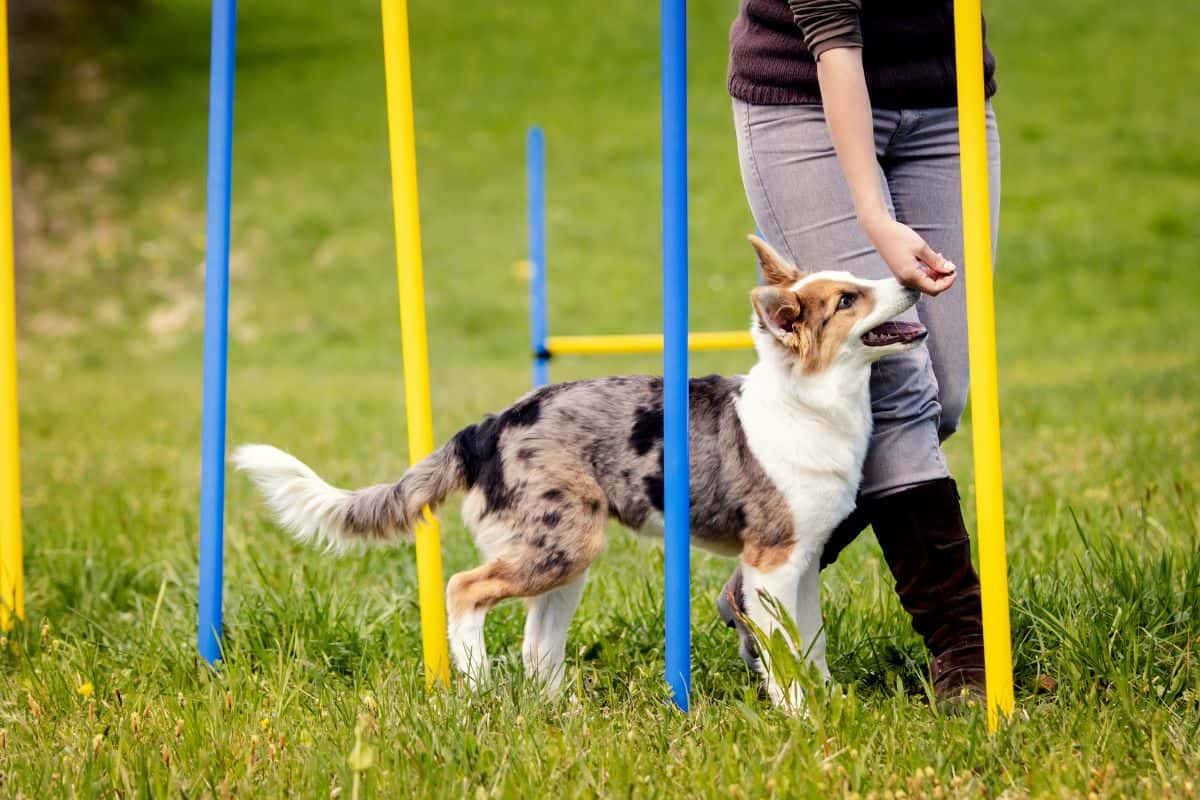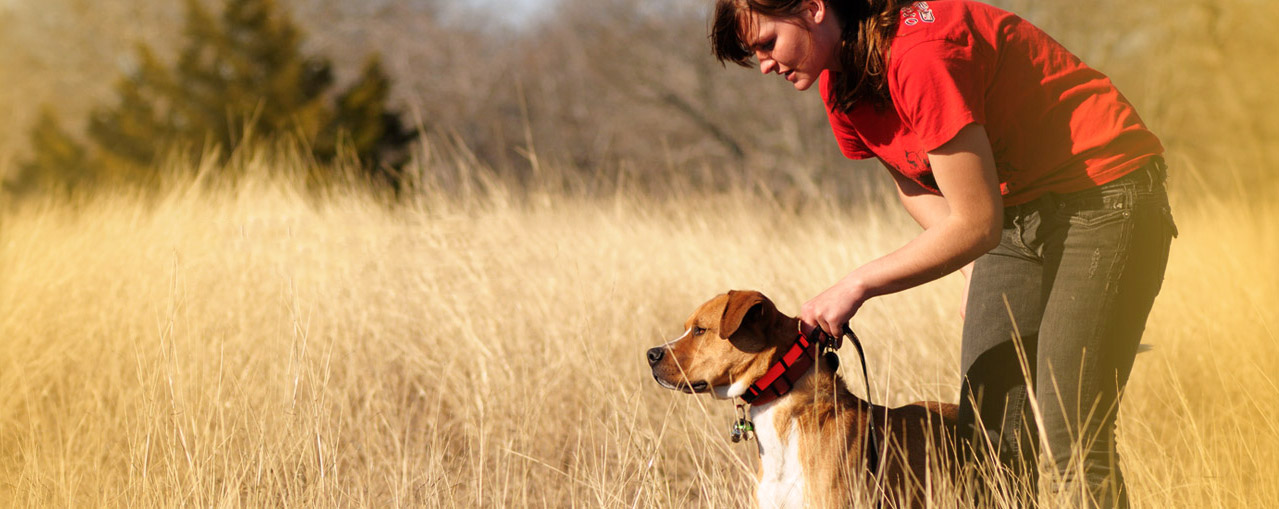Usual Behavioral Issues and Their Solutions in Dog Training
Important Tips for Successful Dog Training: A Guide for Family Pet Owners
Efficient canine training is a complex process that requires a strategic strategy tailored to both the pet's personality and the owner's objectives. Recognizing exactly how to browse these challenges can significantly boost the training experience, ultimately changing the connection in between owner and pet.
Comprehending Canine Habits
Understanding pet dog behavior is essential for effective training and promoting a harmonious partnership between dogs and their owners. Pet dogs communicate largely through body movement, articulations, and actions, making it critical for owners to translate these signals properly. Recognizing a pet dog's stance, tail position, and ear positioning can give insights into its mood. A wagging tail does not constantly indicate happiness; it can likewise signify excitement or anxiety.

Socialization plays a considerable function in canine behavior; exposure to various environments, people, and various other pets can dramatically impact a dog's personality. In addition, aspects such as breed characteristics and individual personality must direct training methods, as some types may have specific behavioral characteristics that demand customized techniques. By recognizing these aspects, proprietors can produce an encouraging setting that urges favorable habits, leading to effective training results and a deeper bond with their pet dogs.
Establishing Regular Commands
Effective interaction with your dog starts with establishing constant commands. This fundamental element of training is crucial for cultivating understanding between you and your animal. Uniformity in the commands you use makes sure that your dog can dependably link specific words or phrases with the wanted behaviors.
When choosing commands, pick clear, distinct words that are simple to separate and claim from each other. Prevent making use of similar-sounding commands that may puzzle your pet dog. Using "sit" and "stay" is proper, yet "rest" and "hit" could lead to misconceptions.
In addition, keep the same tone and volume for every command. Pet dogs are delicate to singing signs, so differing your tone can create confusion.
It is equally important to make certain that all relative are on the very same page concerning the commands utilized. A united front in command use will certainly stop blended signals and reinforce the understanding process.
Favorable Support Strategies
The power of positive support in dog training lies in its ability to encourage wanted habits through incentives and praise. This strategy is grounded in the concept that habits followed by positive outcomes are most likely to be duplicated. By incorporating favorable reinforcement right into your training regimen, you can properly shape your pet's behavior in a constructive fashion.
To implement favorable support, it's necessary to determine what encourages your pet, whether it be treats, playthings, or verbal praise. When your pet dog performs a preferred go right here activity, such as remaining on command, immediately award them with a reward or affection. This organization in between the command and the positive result reinforces their understanding.
It's important to timing the incentives correctly; supplying the reinforcement within secs of the preferred actions assists your pet make the connection (dog training). In addition, consistency is crucial-- guarantee that all member of the family use the exact same commands and incentive systems to avoid confusion

Progressively, you can decrease the regularity of treats as your canine learns the habits, transitioning to praise or periodic incentives. This technique not only promotes a solid bond in between you and your dog but likewise promotes a positive understanding setting, making educating a pleasurable experience for both.
Socialization and Interaction
Regularly subjecting your pet dog to a range of atmospheres, people, and other animals is important for their social advancement. Socialization ought to begin early, ideally during the vital window of 3 to 14 weeks, when young puppies are most receptive to new experiences. Older pets can additionally profit from recurring socializing efforts.
Introduce your dog to various setups, such as parks, pet-friendly shops, and city locations. This direct exposure aids them adjust to numerous stimuli, decreasing stress and anxiety and worry reactions. Motivate positive interactions with other canines and people, ensuring that these experiences are secure and regulated to promote self-confidence.
Utilize structured playdates with genteel pet dogs, as this can boost your pet dog's social abilities and educate them ideal actions. Obedience courses and training sessions additionally supply exceptional possibilities for socializing, enabling your canine to engage with others in a monitored setting.
Monitor your dog's body language during communications, as this will certainly aid you determine their convenience level. Gradually boost exposure to more tough situations while making certain that each experience check is positive. A well-socialized pet dog is more likely to display well balanced behavior, making them a delight to have in any kind of setting.
Dealing With Usual Training Obstacles
Every canine owner will certainly encounter training obstacles at some time, despite their pet dog's age or socializing degree. Identifying typical click here to read problems such as stubbornness, interruptions, and fearfulness can assist in creating reliable strategies for enhancement.

Gradually introduce distractions as the canine comes to be extra competent in commands. Short, constant training sessions are additionally efficient in preserving interest.
Fearfulness can hinder a dog's learning process. Progressive desensitization to the resource of anxiety, combined with favorable support, can assist minimize anxiety. Perseverance is critical; never force a pet right into a situation that creates distress, as this may exacerbate the concern.
Eventually, understanding and addressing these usual challenges with an organized technique will promote a more effective training experience, enhancing the bond in between canine and proprietor while promoting reliable knowing.
Conclusion
In summary, effective canine training relies on a detailed understanding of canine behavior, the establishment of regular commands, and the application of positive support techniques. Socializing plays an essential duty in developing well-adjusted pets, while addressing typical training obstacles needs perseverance and adaptability. By carrying out these essential methods, pet owners can cultivate a solid bond with their canines and advertise preferable behaviors, eventually causing an unified relationship between people and their canine friends.
Understanding canine actions is essential for efficient training and promoting an unified partnership between canines and their owners.Socialization plays a substantial duty in dog behavior; exposure to different settings, individuals, and various other pets can considerably affect a pet dog's character.The power of favorable support in pet training exists in its ability to encourage preferred habits with incentives and appreciation. By including favorable support right into your training program, you can successfully form your canine's behavior in a constructive manner.
In summary, effective pet training counts on a comprehensive understanding of canine actions, the facility of regular commands, and the application of positive reinforcement strategies.